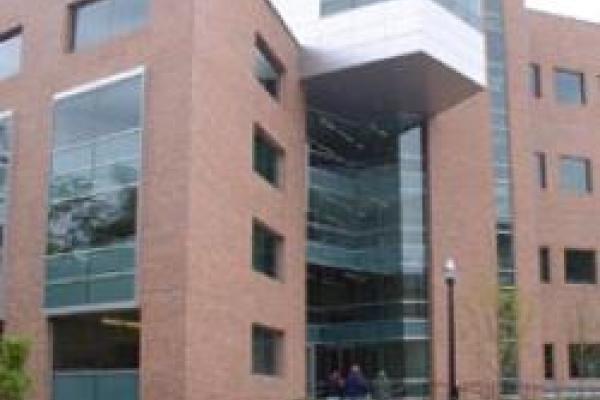
I will present experimental studies of high-harmonic generation from argon atoms from both elliptically polarized and temporally chirped fields. Our experimental technique relies on an imaging spectrometer, which allows for high spectral-spatial resolution of the generated extreme ultraviolet (XUV) light. Emphasis will be drawn on how different quantum trajectories (known as the long and short trajectories) are affected. While the generation of high-order harmonics is a multiphoton effect, applications of the produced harmonics usually rely on single-photon effects. One such application is Free-induction Decay (FiD) in the XUV regime. An attosecond pulse train is used to coherently excite argon to a superposition of the ground state ([Ne]3s23p6 ) and the excited ([Ne]3s23p5 3d) and ([Ne]3s23p5 5s) states. This superposition coherently emits light with the same directionality and divergence as the incoming XUV light. By applying a strong infrared probe pulse we can either break the coherence, and/or control the direction and phase of the FiD.
